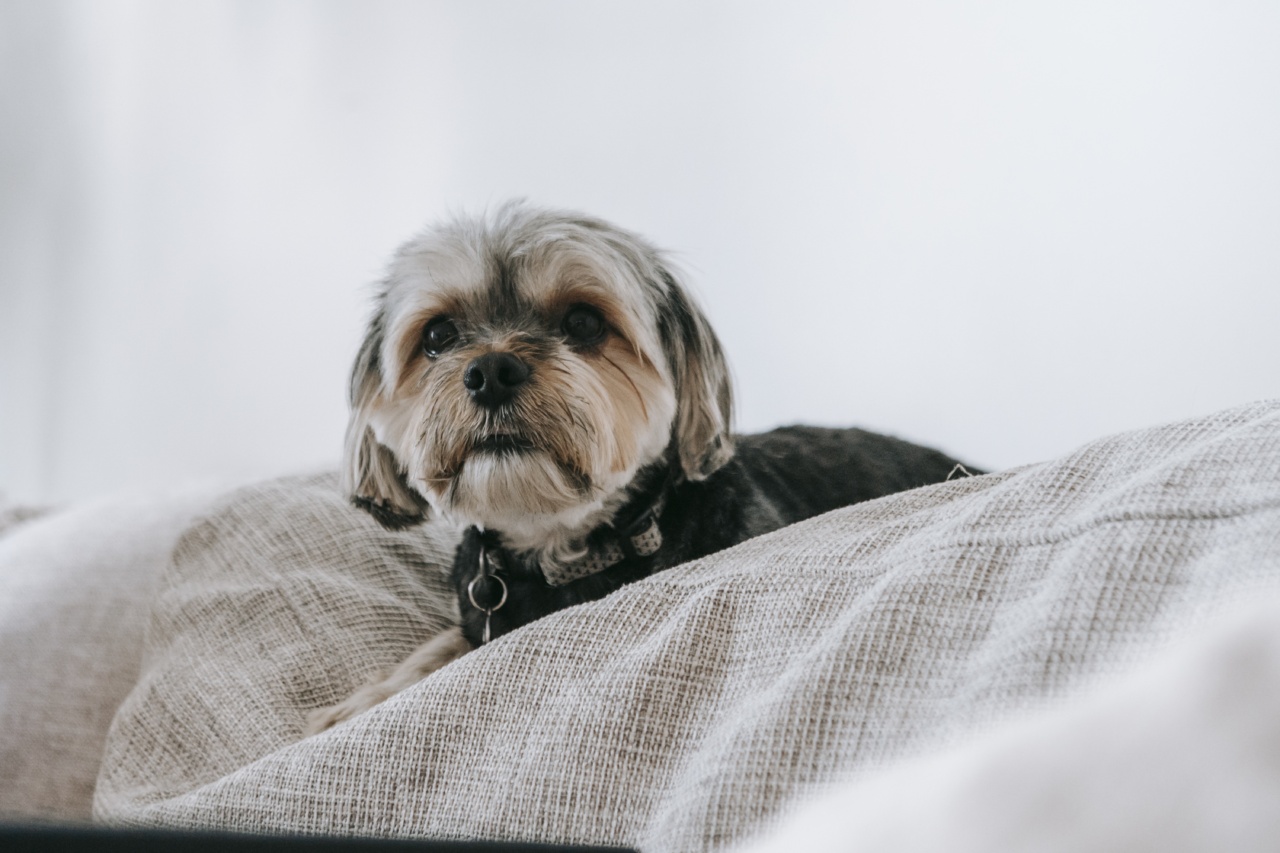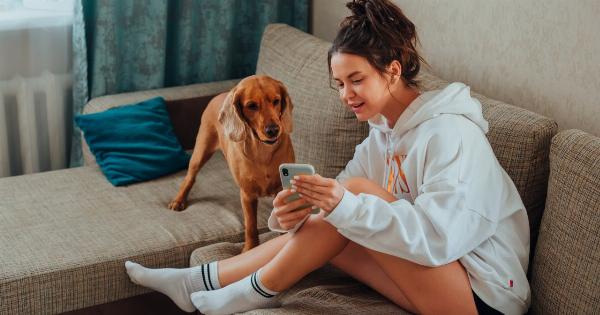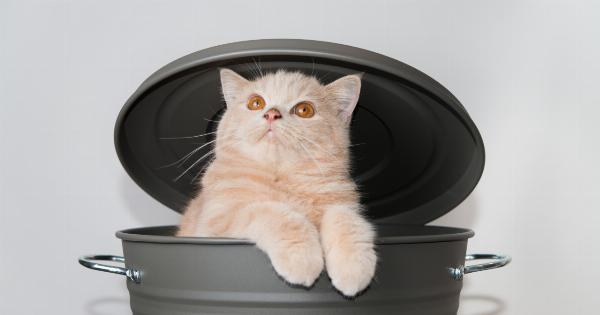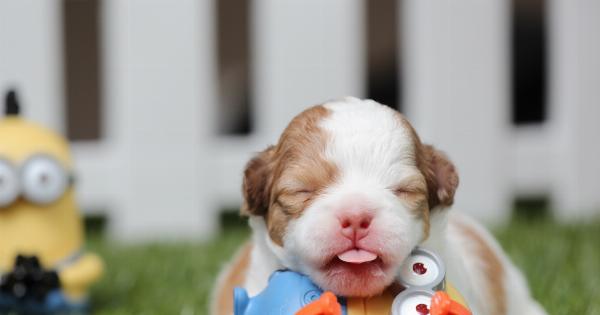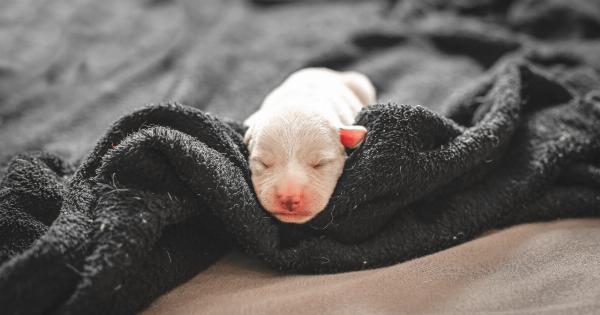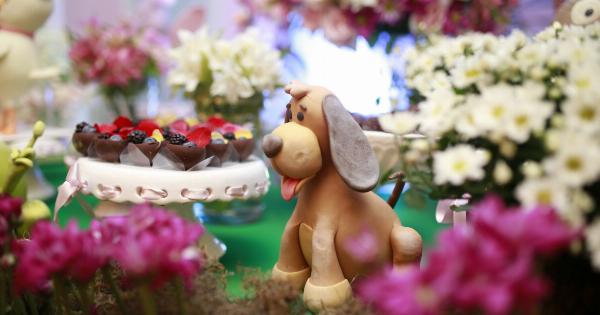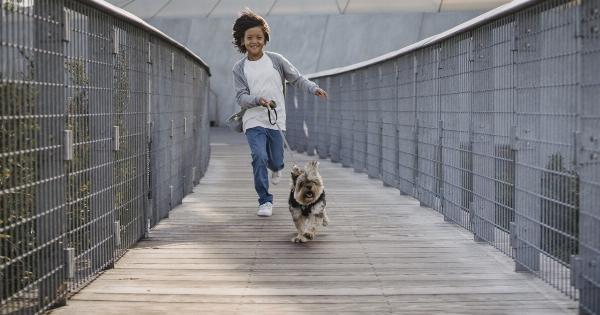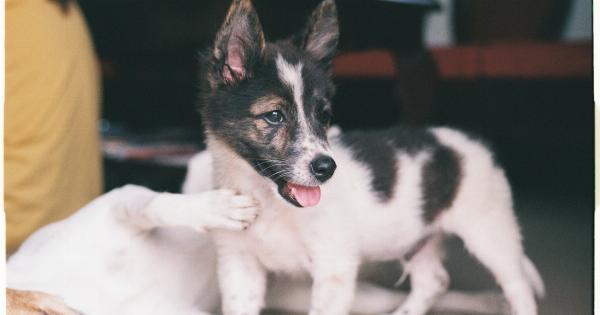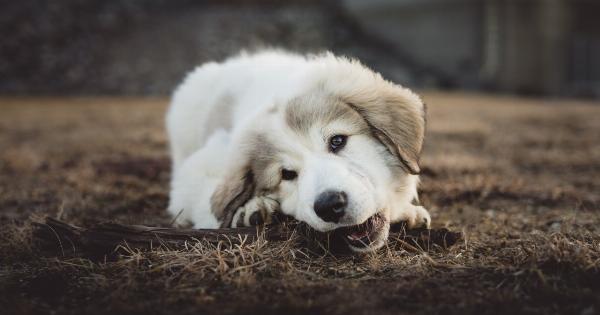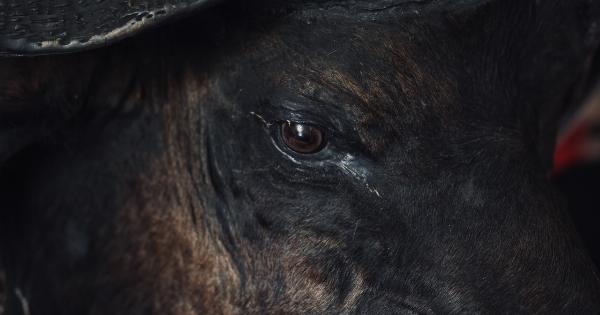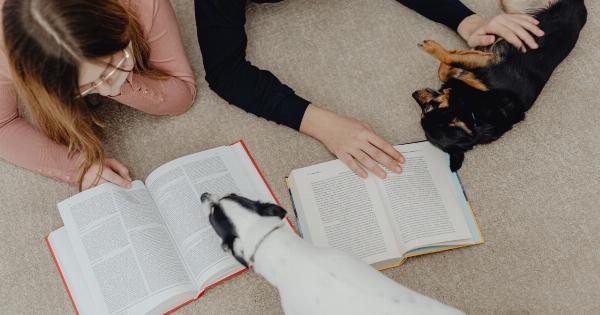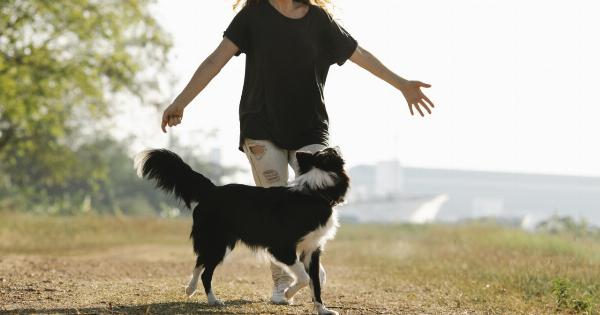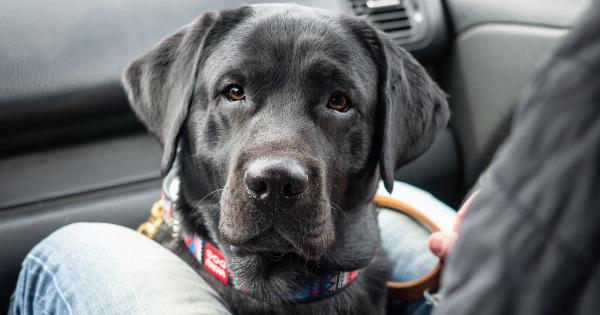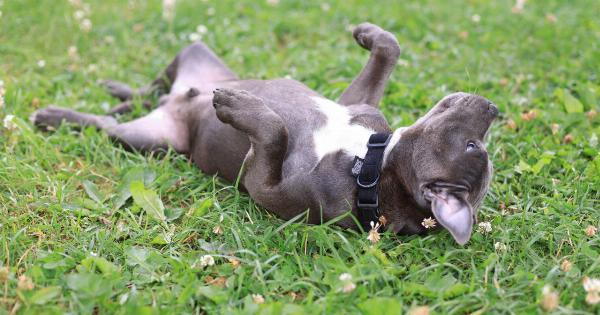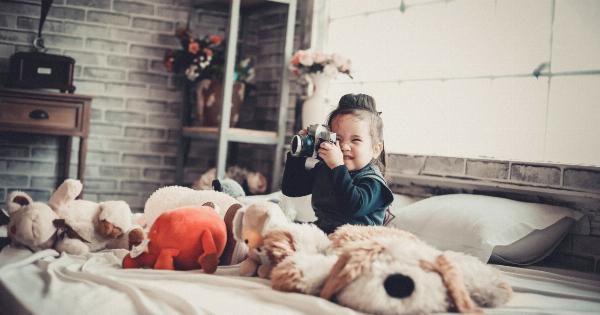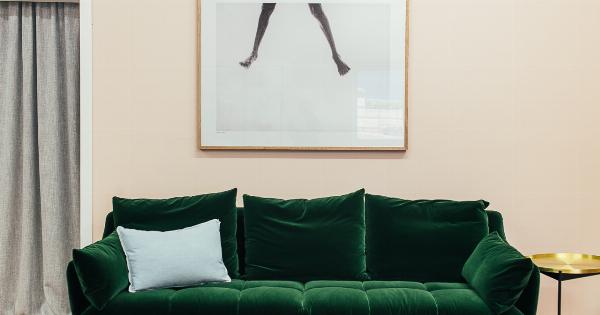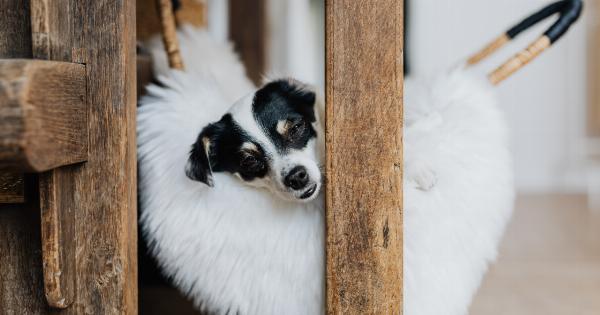Leaving your furry friend behind when you have to go out can be a challenging experience. Dogs often become anxious and distressed when their owners leave, leading to excessive barking, crying, or destructive behavior.
However, there are several techniques you can use to help calm your pup down and make the separation easier for both of you. In this article, we will explore six effective techniques that can alleviate your dog’s anxiety and help them feel more comfortable when you’re not around.
1. Gradual desensitization
One of the most effective ways to help your dog overcome separation anxiety is through gradual desensitization. This technique involves exposing your pup to brief periods of alone time and gradually increasing the duration over time.
Start by leaving your dog alone for just a few minutes and gradually extend the time as they become more comfortable.
Use positive reinforcement, such as treats or toys, to reward your dog for calm and relaxed behavior during these short periods of separation. This technique helps them associate your absence with positive experiences, reducing their anxiety.
2. Create a safe and comfortable space
Providing a safe and comfortable space for your dog when you’re not around can help them feel secure. Designate a specific area in your home, such as a crate or a quiet room, and make it cozy with their favorite blankets and toys.
This space will serve as their personal den, offering a sense of security and comfort.
Introduce this space to your pup gradually, using positive reinforcement to associate it with positive experiences. Spend quality time with your dog in this area and provide treats or rewards to make it a positive and enjoyable place.
Over time, your dog will start to associate this space with feelings of safety, reducing their anxiety when you have to leave.
3. Use calming aids
Calming aids, such as pheromone diffusers or anxiety wraps, can be beneficial in soothing your dog’s separation anxiety.
Pheromone diffusers emit synthetic versions of the calming pheromones naturally produced by nursing mother dogs, creating a sense of security and comfort for your pup.
Anxiety wraps, like Thundershirts, apply gentle and constant pressure to your dog’s body, similar to a cuddle. This pressure has a calming effect on dogs, helping them relax and feel more secure.
These aids can be particularly useful for dogs with severe separation anxiety or those who struggle to calm down on their own.
4. Establish a routine
Dogs thrive on routine, and having a consistent daily schedule can help alleviate their anxiety. Set regular feeding times and exercise routines that you can stick to, even when you have to leave your pup behind.
Predictability and familiarity can provide a sense of comfort and security for your dog.
Before leaving, incorporate activities that help calm your dog, such as a brief play session or a relaxing walk. This helps expend excess energy and promotes relaxation, making it easier for your pup to handle your departure.
When they associate these calming activities with your leaving, it can make the transition smoother.
5. Provide mental stimulation
Keeping your dog mentally stimulated can help distract them from their anxiety and prevent destructive behaviors. Puzzle toys or interactive feeders are excellent options for engaging your pup’s mind and keeping them occupied.
Hide treats or toys around the house for your dog to find while you’re away. This not only provides mental stimulation but also taps into their natural scavenging instincts.
Engaging your dog’s brain in a positive and rewarding manner can help shift their focus away from your absence.
6. Seek professional help
If your dog’s separation anxiety persists or worsens despite your efforts, it may be beneficial to seek professional help.
A veterinarian or a certified dog behaviorist can provide valuable guidance and develop a personalized plan to address your dog’s specific needs.
Professional help can involve behavior modification techniques, medication (if necessary), or a combination of both. Remember that each dog is unique, and what works for one may not work for another.
Having a professional assess your dog’s situation can ensure that you’re taking the most appropriate steps to help them overcome their anxiety and feel more secure when left alone.
